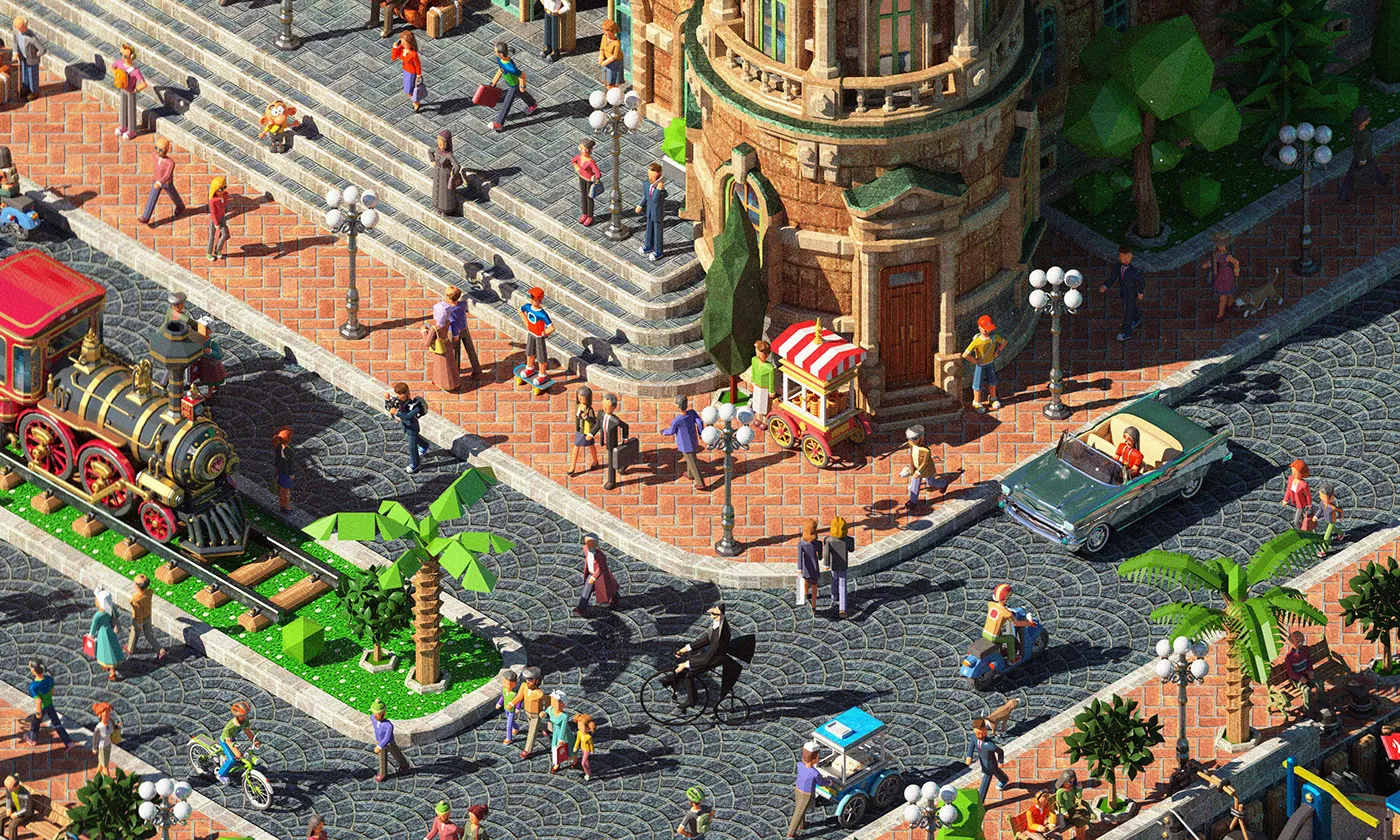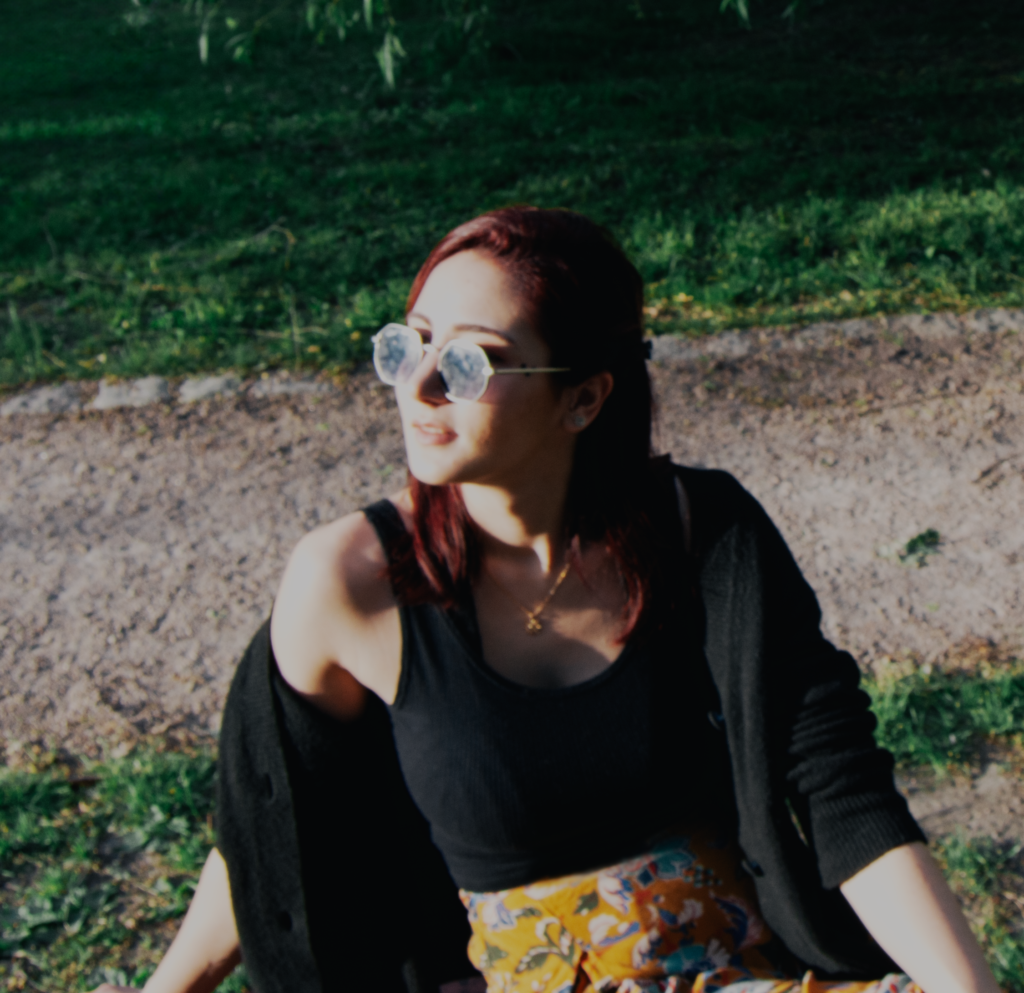Dear Decentralized Newsletter Readers,
In our previous newsletter, we discussed the meaning of the NFT abbreviation, chatted about its value, and shared a little story about how it works. We hope you read it before going to bed. We made some bold statements, such as how the blockchain doesn’t actually carry your art, and we don’t want to anger anyone, of course. If you want to make a clean start by reading our previous newsletter, you can find it here.
Featuring: Tarık Tolunay — Fractal Istanbul — Haydarpaşa Panorama
Centralized and Decentralized NFTs
Now, as promised, we will dive a bit deeper and see if we can take a breath. On this Sunday, which we hope will be happy, we will continue by saying that there are two types of our digital artworks, NFTs. They can be divided into two groups: centralized and decentralized. In centralized NFT markets, you can usually transact as an account holder. You need to load money into your account, just like on centralized exchange platforms. This centralized market also has a boss, which might seem contrary to the logic of the blockchain world we’re accustomed to. However, we must remember that a large part of this world consists of centralized exchanges and centralized markets. If we recall that one of the principles behind the emergence of NFTs was to restore freedom to artists, centralized NFT markets or platforms may not actually serve this purpose. To understand this concept with an example, we can consider the NBA’s NBA Top Shot platform. On this platform, you can buy and add legendary recorded moments to your collection.
How can we be decentralized?
If you want your NFTs to be as decentralized as our newsletter, you need to use a digital wallet compatible with the ecosystem where you want to buy digital art. For example, to buy an NFT created on the Avalanche network, you can use Metamask. You can manage this wallet and complete your transactions with an extension you’ll install on your browser.
Once you’ve set up your wallet, if you say you don’t understand much about this but are eager to learn, we recommend an article by Devrim Danyal.
Additionally, the OpenSea platform is currently popular. OpenSea is a decentralized, peer-to-peer NFT market platform operating on the Ethereum ecosystem.
What if we get stuck with the NFT?
It’s also worth remembering that NFTs, like other crypto assets, are not always easy to sell. If we are not collectors of the digital art we purchase and plan to sell or make a profit, investing in NFTs we are unsure we can sell can make our already risky activities in this world even riskier. An NFT artist who was quite popular when we bought their work might not attract the same interest a few years later. Thus, we could end up stuck with the artwork and become an involuntary collector.
Let’s remember that NFTs are not just an investment tool.
What else can NFTs do? By buying digital art, we support an artist, and this action might help that art continue. Although the importance given to art is increasing, we know very well that being an artist and making a name is not easy. This often means that many artists have to make a living through other means and gradually give up their art. This world, however, offers you the opportunity to support an artist on the other side of the world.
To reinforce what our Decentralized Newsletter readers have learned, we recommend the program “Sosyal Kafa,” presented by Erkan Saka, where Burak Arıkan discusses blockchain and NFTs.
Additionally, on the MetaCafe Podcast, hosted by Çiğdem Öztabak, which talks about creators, artists, technology developers, project owners, and investors in the universe of NFTs, Metaverse, and cryptocurrencies every week, a bright-minded high school student and entrepreneur, Mehmet Ali Peker, participated. You can enjoy this podcast alongside your delicious coffee before our new newsletter comes out.
Perhaps you are an artist and think it’s too late to enter this field. Remember that thinking it’s too late and remaining inactive can also waste time, and you can listen to this podcast to learn about how to create a successful NFT project and more.
Here, although it was made for children, there is an excellent illustrated publication that you can use to explain NFTs to your mother. You can check out this book created by NORBr; we’ve already drawn inspiration from it!
Fractal Istanbul, a design project focused on Istanbul, one of the most magical cities in the world, is the result of 10 years of work. Tarık Tolunay’s fantastic works, which interpret Istanbul’s historical and cultural richness and bring it to the visual world, are now available as NFTs.
Fractal Istanbul is the result of 10 years of work. Tarık Tolunay focuses on Istanbul, one of the most magical cities…
In the article from Vesaire, which describes crypto art as joyful extravagance, Everest Pipkin not only conveys the current state of NFTs but also examines the energy aspect of the NFT craze, pointing to a different dimension of the issue.
Of course, you may not know what “environmental issues” or even crypto art is.
This issue has also been etched into the infinity of the digital world, dear reader.
You can share us with your loved ones through our bit.ly/merkezsizbulten link, and you can also read our previous issues there. Don’t forget to follow us on our Twitter and LinkedIn profiles.



Leave a Reply